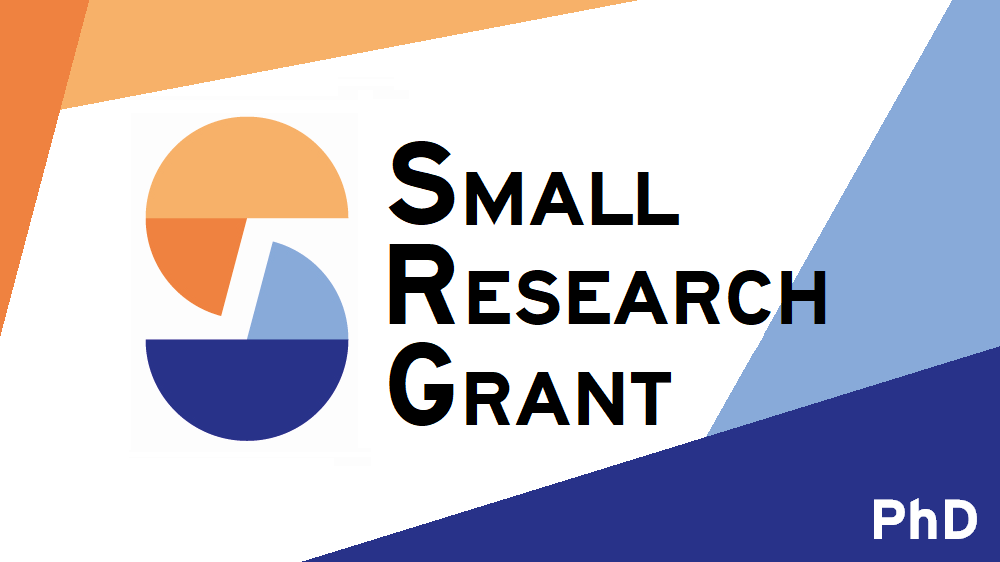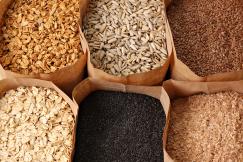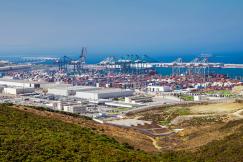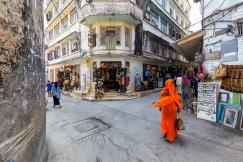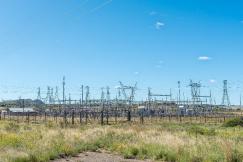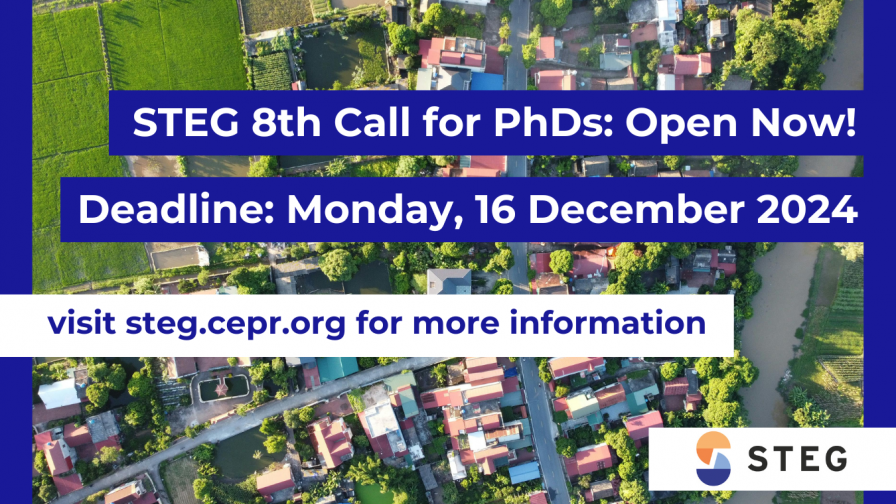Indonesia’s Transmigration Program, one of the largest resettlement initiatives, aimed to alleviate population pressure in densely populated inner islands by relocating people to less populated Outer Islands. This program, active from 1979 to 1988, resettled 2+ million people into 800+ villages in the Outer Islands, with as-good-as-random haphazard migrant allocation providing a unique natural experiment to study the effects of rural agricultural productivity on urbanisation and structural transformation. The research investigates how productivity improvements in rural transmigrant villages influence migration, structural transformation, and urban growth in nearby cities, offering insights into rural-urban spillover dynamics and the mechanisms behind structural transformation in a low/lower-middle income country. This project explores how changes in village productivity impact migration patterns, urban employment structure, and the overall urbanisation process, with insights applicable across developing countries in South-East Asia and Sub-Saharan Africa.
This study employs a combination of Indonesian census microdata, satellite-based remote sensing data on urbanisation and population growth, and transmigrant census data from the Transmigration Program. A spatial measure of agro-climatic similarity between transmigrant origin and destination locations proxies for productivity at the village level, serving as the primary instrument in this quasi-experimental design. Using difference-in-difference methods, this analysis compares urban areas with varying levels of nearby village productivity, capturing effects across a 40-year period (1975-2020). Key outcomes include urban population growth, sectoral employment shifts, and migration patterns across urban areas with differing proximity to productive transmigrant villages.
This study contributes to a nuanced understanding of structural transformation, highlighting how rural productivity can indirectly drive urban growth, particularly in settings with geographical and infrastructural challenges. The findings are especially relevant for low- and middle-income countries where policy considerations around rural productivity and urbanisation are critical for regional development. This project’s results can inform targeted rural investments to support balanced urbanisation, with implications for policies related to migration, labour market dynamics, and urban infrastructure in developing economies. By shedding light on rural-urban spillovers, this research may aid policymakers in designing integrated approaches for managing agricultural productivity and urban development.
In the first stage of the project since, the research team focused on leveraging a difference-in-difference approach, comparing cities near transmigrant-settled villages with those where settlements were planned but ultimately not implemented. This allowed them to isolate the effect of the population shock from other factors influencing urban growth, identifying a strong suggestive positive effect of the rural production shock in rising population on urban population growth. However, as the research progressed and to push the investigation of mechanisms behind structural transformation, the research team shifted their focus to explore specifically the effects of agricultural productivity across cities with varying levels of nearby village productivity. This provided a more nuanced view into how agricultural productivity drives structural transformation in urban areas, beyond just the impact of increased population, by examining direct mechanisms linked to agricultural productivity, such as employment shifts and sectoral growth patterns. This new analysis provides further insights into the constraints that rising rural productivity may place on structural transformation, potentially diverting investment and employment opportunities to agriculture.
